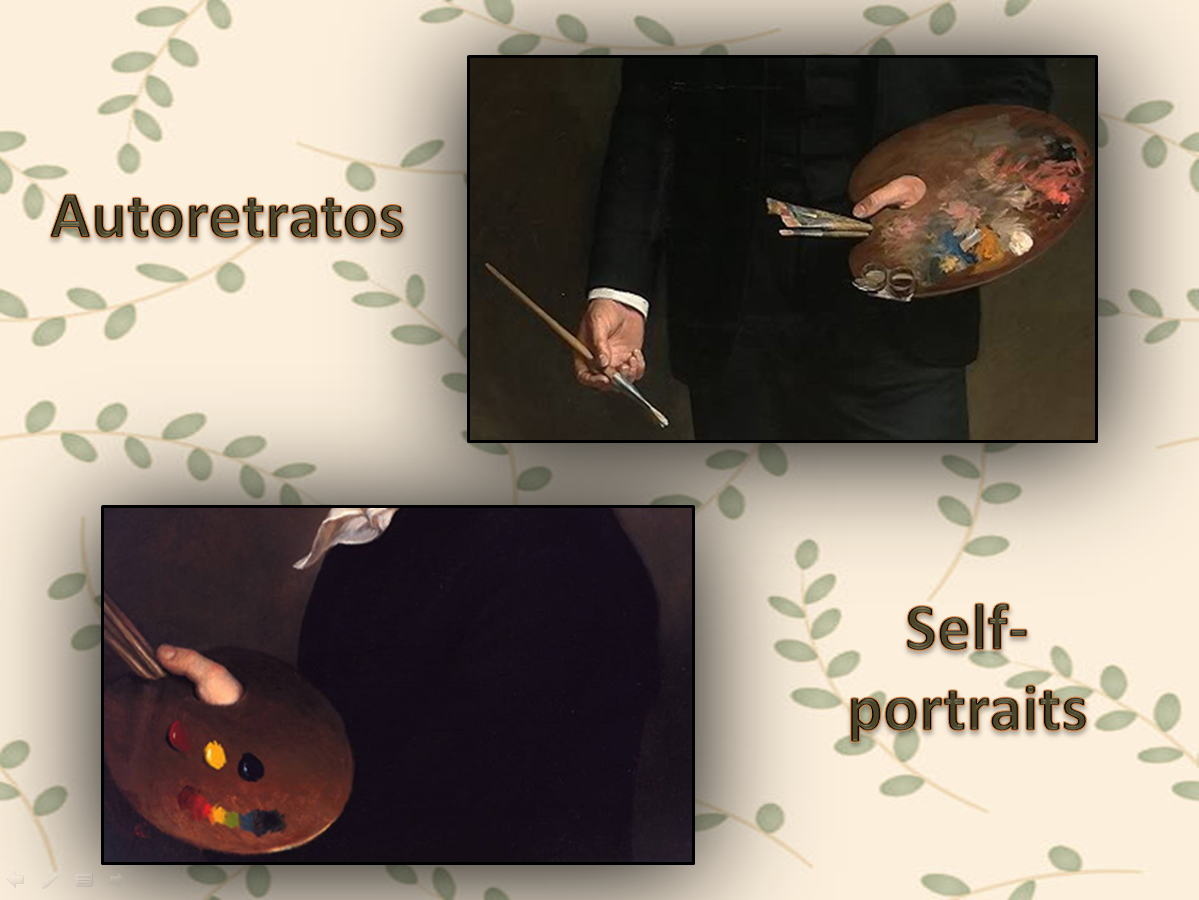Editorial Aprilie 2015 - Prof.Dr. Aurel ROMILA
Primul nivel este cel de analiza a
functiilor: atentie, senzatie, perceptie, reprezentare, notiune, idee,
emotie, dispozitie, sentiment, pasiune, dorinta.
Al doilea nivel: cunoasterea si afectivitatea.
Al treilea nivel: inteligenta si vointa.
Al patrulea nivel: constiinta de sine.
Al cincilea nivel: actiunea
Al saselea nivel: constiinta
Al saptelea: personalitatea
Al optulea: sinele si egoul
Al noualea: sinele psihosomatic si spiritual
Al zecelea: opera si valoarea
Al unsprezecelea: discernamintul si capacitatea civica
Al doisprezecelea: normalitatea si sanatea mentala
Al treisprezecelea:
subiectivitatea pozitiva si subiectivitatea negativa
Al paisprezecelea: metafizica psihicului: fals si adevar,
autentic si minciuna.
Anatomia teoretica si fiziologia practica:
unitas multiplex.
Metamorfozele conflictului.
Natura si cultura: lupta cu inconstientul.
Inlantuirea simbolurilor. Coerenta si
disociere, total si fragmentar.
Prof. Dr. Aurel ROMILA
Prof. Dr. Aurel ROMILA
PSYCHOLOGYCAL
LEVELS
The first level is that of the analysis
of functions: attention, sensation, perception, representation, concept, idea,
emotion, mood, feeling, passion, desire.
Second level:
cognition and affection.
The third level: intelligence and will.
The fourth level: self-awareness.
Fifth level: action
The sixth level: consciousness
Seventh: personality
Eighth: self and ego
The ninth: psychosomatic and spiritual self
Tenth: opera and value
Eleventh: brains in and civic capacity
Twelfth: normality and mental health
The thirteenth: subjectivity positive and negative bias
The fourteenth: metaphysics psyche: false and true, authentic
and lie.
Anatomy and physiology theoretical practice:
unitas multiplex.
Conflict metamorphoses.
Nature and culture: the struggle with the
unconscious.
Symbols chaining. Coherence and dissociation,
total and fragmentary.
Prof.Dr. Aurel ROMILA
Etichete:
Editorial
Inregistrare seminar APLR - 28.03.2015 - Formule in psihoterapie - EXISTENTA continuare
Inregistrare video partea 1: https://www.youtube.com/watch?v=lQI3h4e_2Q4&feature=youtu.be
Inregistrare video partea a 2-a: https://www.youtube.com/watch?v=f6JYIgNxsGE&feature=youtu.be
Inregistrare video partea a 3-a: https://www.youtube.com/watch?v=KTIrMyGJaH0&feature=youtu.be
Etichete:
Psihologie Sociologie
Intalnirea lunara APLR - sambata 28 martie 2015, ora 10:00, spital Obregia
Intalnire lunara A P L R
Tema: E X I S T E N T A
Prof.dr. Aurel ROMILA
Etichete:
Psihologie Sociologie
Comori și locuri enigmatice din România - fillme documentare
Filmul documentar Comori și locuri enigmatice din România este
o călătorie către trecutul îndepărtat al țării noastre, spre o epocă
încărcată de taine, plină de comori și locuri enigmatice, puțin
cunoscute chiar și de specialiști. Acum mii de ani, populațiile
traco-geto-dacice au lăsat urme misterioase care pot fi văzute și
astăzi. Comori și semne ale unor vremuri de legendă vor să ne spună
povestea lor, în pofida tuturor celor care ar dori să ne îngroape
istoria.
Scurtmetrajul,
realizat în vara anului 2014 pe baza unor investigații întreprinse în
toate zonele țării, este în același timp un semnal de alarmă la adresa
autorităților române, a căror atitudine față de patrimoniul cultural
românesc este culpabilă din multe puncte de vedere, ceea ce ne face să
ne întrebăm cât este incompetență și câtă trădare a interesului național
de la cel mai înalt nivel al statului român stă în spatele acestei
situații?
Mai
devreme sau mai târziu, cei care ne falsifică istoria, cei care se fac
părtași la distrugerea patrimoniului cultural, cei care ignoră cu bună
știință izvoare istorice și probe materiale care pot schimba perspectiva
asupra trecutului nostru vor trebui să răspundă! (Sursa)
Vezi și:
Moștenirea dacilor, pe apa sâmbetei, un film documentar ce trage un semnal de alarmă despre vestigiile dacice de o valoare excepţională, incluse în patrimoniul mondial al UNESCO, care sunt angrenate într-un proces de distrugere iremediabilă, consecinţă atât a lipsei de implicare a instituțiilor abilitate, a sustragerii pieselor de valoare din siturile arheologice, cât şi a mutilărilor deliberate;
Tracii – Istoria ascunsă – o perspectivă zdruncinătoare asupra istoriei antice, fapte și evenimente ce vor veni să redefinească istoria;
Fabuloasa istorie străveche din Carpați – un film documentar ce prezintă dovezile unei locuiri și continuități umane în spațiul românesc ce depășesc 60.000 de ani;
Dacii, adevăruri tulburătoare – un film documentar ce face parte dintr-un proiect amplu de recuperare a adevărului istoric, informațiile prezentate fiind în măsură să răstoarne multe dintre teoriile pe care este construită istoria României.
Etichete:
Entertaniment
Mentenanţa limbii române: trecerea de la “să-ţi fac şi să-ţi dreg”, “la implementare”!
 Îmi plac cuvintele străine naturalizate.
Îmi plac cuvintele străine naturalizate. Mai dezmorţesc limba.
În timp, unele rezistă, altele dispar.
A ieşit din uz cea mai mare parte a turcismelor şi grecismelor aclimatizate, de sus în jos,în Ţările Române.
Franţuzismele din limbajul administrativ al secolul al XIX-lea au rezistat fiindcă era nevoie de ele, ca şi cuvintele nemţeşti din limbajul tehnic.
Rusismele din anii '50 ai veacului trecut au avut viaţă scurtă. Nici nu se potriveau cu româna şi aveau şi conotaţii nasoale…
După 1989, cine voia să pară pro-occidental începuse să anvizajeze şi să achieseze. Îl mai ţineţi minte pe Adrian Severin?
Au apărut apoi multinaţionalele, ai căror manageri nu ştiau româneşte, românul întors de la burse, fotbalistul de 2 bani și menajera hoață care voia să-şi marcheze lingvistic întoarcerea din străinătate şi reclamele (advertaizingurile) văzute în engleză.
Adjuncţii autohtoni ai şefilor de multinaţionale au început să vorbească o română pigmentată cu feed-back-uri şi locaţii.
Secretarele nu-şi mai spun decît manager assistant. Cismarii sunt designeri.
Mă aşteptam să fie vorba de crize de aclimatizare continuare
Etichete:
Entertaniment
Andrei Plesu - A minca sanatos - am ris cu lacrimi

Andrei Pleşu citeşte "A mânca sănătos", din cartea "Despre frumuseţea uitată a vieţii", la lansarea de la linrăria Humanitas Kretzulescu
link: https://www.youtube.com/watch?v=Yr83fYnHLUc&feature=youtu.be
Etichete:
Entertaniment
Petre Tutea - Salutari spirituale!
Petre Ţuţea a fost un român anapoda.
Comunist convins, „dumirit" la legionarism, pentru a muri în 1991 sub steagul galben al Partidului Naţional Liberal.
Adulat
în anii '90, apoi dispreţuit pentru dogmatismul său de şuetă, azi e
pretutindeni pe Facebook cu citatele sale celebre şi cu fesul de noapte
pe cap. continuare
"Nu mă tem de moarte.
Mă tem de însingurare.
Eu, care am fost prezent la toate tragediile şi victoriile acestei ţări, mă simt ca un par în mijlocul furtunii.
Singura nădejde este că, om cum sunt, Dumnezeu mă iubeşte şi aşa…"
Petre Ţuţea
Etichete:
Entertaniment
Tatal nostru
Altruismul, constiinciozitatea, onestitatea, respectul, devotamentul le-ai dobândit prin educație, prin cultură și prin interacțiunea cu semenii tăi ?
Smerenia, Uniunea,Iubirea, Iertarea și Stăpânirea de sine, pe care le trăiești profund, rostind vers dupa vers și simțind Tatăl Nostru, ar fi trebuit sa le aplici și în fiecare clipă a vieții tale în relație cu oamenii din jurul tău.
Prin rugaciune Iisus Hristos a vrut sa ne transmita cele cinci principii morale esentiale si reguli de conduita crestina : Smerenia - starea in care te afli cand rostesti rugaciunea, Uniunea - rezultata din versetul " precum in cer asa si pe pamant", Iubirea - rezultata din versetul '' painea noastra cea spre fiinta" - principiul esential spiritual al crestinismului- iubeste-ti aproapele ca pe tine insuti , Iertarea - "si ne iarta noua greselile noastre'', Stapanirea de sine - '' si nu ne duce pe noi in ispita". continuare
Smerenia, Uniunea,Iubirea, Iertarea și Stăpânirea de sine, pe care le trăiești profund, rostind vers dupa vers și simțind Tatăl Nostru, ar fi trebuit sa le aplici și în fiecare clipă a vieții tale în relație cu oamenii din jurul tău.
Prin rugaciune Iisus Hristos a vrut sa ne transmita cele cinci principii morale esentiale si reguli de conduita crestina : Smerenia - starea in care te afli cand rostesti rugaciunea, Uniunea - rezultata din versetul " precum in cer asa si pe pamant", Iubirea - rezultata din versetul '' painea noastra cea spre fiinta" - principiul esential spiritual al crestinismului- iubeste-ti aproapele ca pe tine insuti , Iertarea - "si ne iarta noua greselile noastre'', Stapanirea de sine - '' si nu ne duce pe noi in ispita". continuare
Etichete:
Psychotherapy
Celebra istorie a artei de gombrich. atentie linkul expira in curand
Files (302 MB total)
Arta-Moderna-Si-Contemporana.pdf
Ernst-Hans-Gombrich-Istoria-Artei.pdf
Larousse-Istoria-Vizuala-a-Artei.pdf
Will be deleted on
18 March, 2015
Download link
http://we.tl/xXGNkg67eU
Etichete:
Art Therapy
Demis Roussos;Come Waltz With Me

Minunat si Minunat - Demis Rousssos!
Au potrivit secventa din film (Razboi si pace) ca sa se brodeasca cu melodia.
Decorul e evident, Sala oglinzilor de la Versailles.
Lasati si celelalte melodii care urmeaza, va vor incanta inimioara!
http://youtu.be/_2pTasloA-s
Etichete:
Entertaniment
Un site de filme spirituale
Filmul care te transforma | www.taniatita.info
Filme spirituale, cu mesaje si lectii pretioase de viata
| |||||||
Preview by Yahoo
| |||||||
Etichete:
Entertaniment
MONACO

On croyait tout connaitre sur MONACO, eh bien non...
Cliques sur le lien ci dessous!
http://www.photomazza.com/?-Monaco-&lang=fr
Etichete:
Entertaniment
"SALVATI INSTITUTUL CANTACUZINO"
Puteti semna petitia "SALVATI INSTITUTUL CANTACUZINO" accesand urmatorul link: http://www.petitieonline.net/petitie/20006037
Poate ca semnand aceasta petitie exista o sansa ca traditia si renumele acestui institut sa nu se termine aici si acum...
Cred ca profesorul Cantacuzino si scoala pe care el a fondat-o NU ar merita asta...
******************************************************************************
Dr. Cristiana Cerasella Dragomirescu
Medic primar Medicina de Laborator
Laboratorul Infectii Respiratorii Bacteriene
I.N.C.D.M.I. Cantacuzino Bucuresti
******************************************************************************
Interesting Article from MDLinx
|
Etichete:
MedLinx
Subscribe to:
Comments (Atom)











